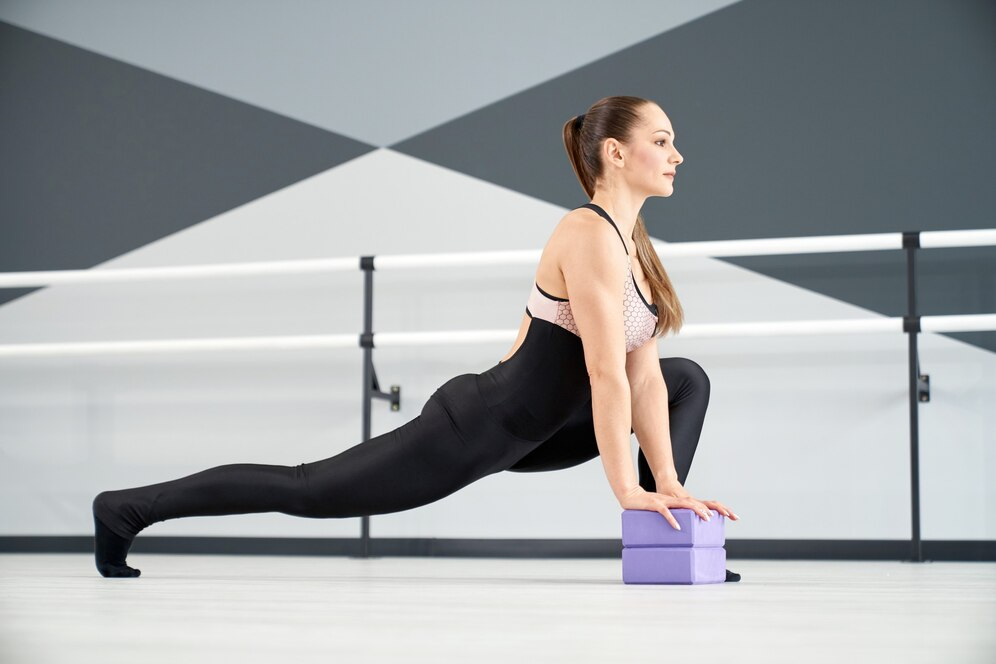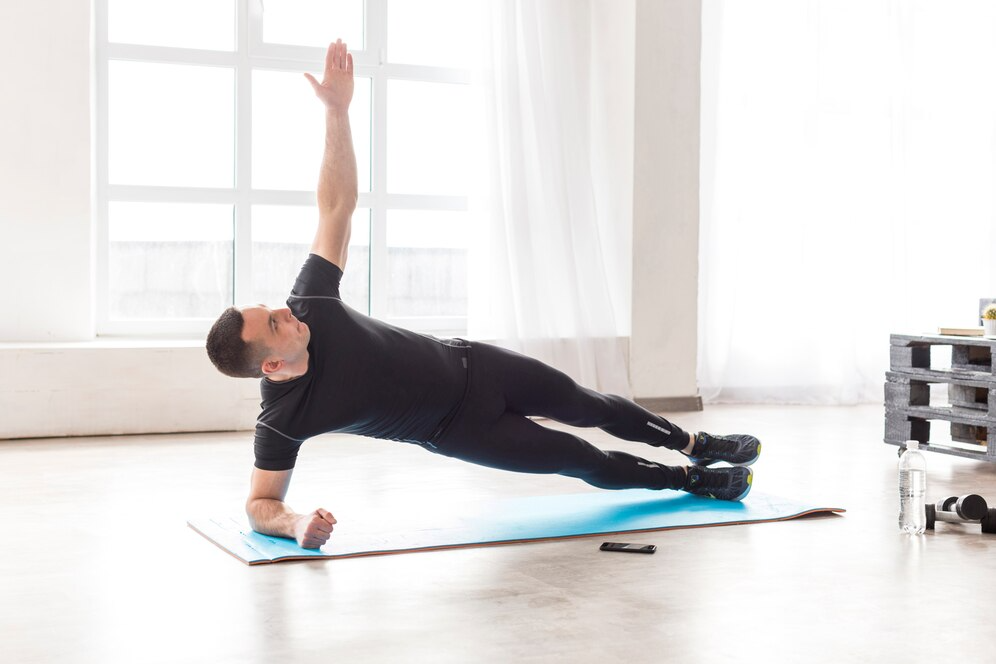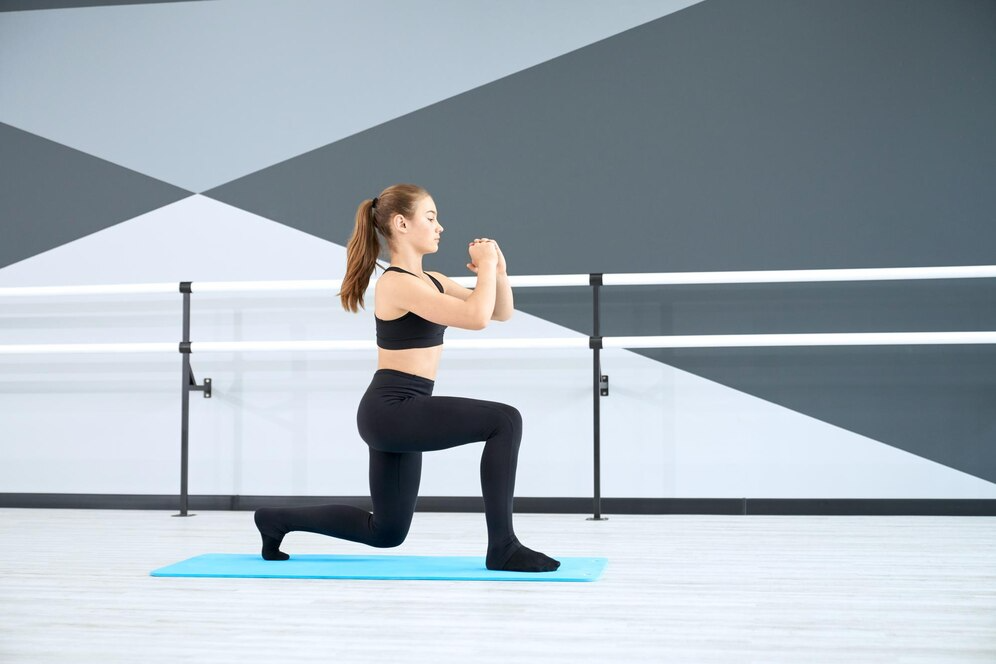Unleashing Power and Agility: A Comprehensive Guide to Plyometric Exercises
Table of Contents
In the realm of fitness and athletic training, plyometric exercises have emerged as a dynamic and effective method to enhance power, speed, and overall athletic performance. Also known as “jump training,” plyometrics involve rapid contractions and expansions of muscles, aiming to improve strength, explosiveness, and coordination.
This article delves into the world of plyometric exercises, exploring their benefits, principles, and a variety of exercises that can be incorporated into diverse fitness routines.
The Science Behind Plyometrics
Plyometric exercises are grounded in the science of muscle contraction and stretch-shortening cycles. The basic principle involves a rapid lengthening (eccentric phase) of a muscle immediately followed by a rapid shortening (concentric phase).
This quick transition between contraction and relaxation engages the stretch reflex, harnessing the stored elastic energy to amplify the force generated during the subsequent contraction. Essentially, plyometrics capitalize on the body’s ability to use stored energy in the muscles to produce more powerful movements.
Benefits of Plyometric Training
- Increased Power and Explosiveness: Plyometric exercises primarily target fast-twitch muscle fibers, responsible for generating quick and powerful movements. Over time, this training enhances the rate of force development, resulting in increased power and explosiveness.
- Improved Athletic Performance: Athletes across various sports, such as basketball, soccer, and track and field, incorporate plyometrics to enhance their performance. The improved strength and agility gained through plyometric training can translate into better sprinting, jumping, and overall athletic prowess.
- Enhanced Muscular Strength: Plyometric exercises engage multiple muscle groups simultaneously, leading to improved overall muscular strength. This comprehensive activation contributes to better functional strength that can be applied in daily activities or sport-specific movements.
- Burns Calories and Boosts Metabolism: The dynamic nature of plyometric exercises elevates heart rate and engages multiple muscle groups, making it an efficient calorie-burning workout. Additionally, the intensity of plyometrics can contribute to an afterburn effect, where the body continues to burn calories post-exercise.
- Improved Neuromuscular Coordination: Plyometric training challenges the nervous system to coordinate and synchronize rapid muscle contractions. This improvement in neuromuscular coordination is valuable not only for athletic performance but also for reducing the risk of injuries in daily activities.
Key Principles of Plyometric Training
- Progressive Overload: Like any training regimen, it’s crucial to progressively increase the intensity of plyometric exercises. This can be achieved by increasing the height of jumps, the speed of movements, or the complexity of exercises over time.
- Proper Technique: Correct form is paramount in plyometric training to maximize benefits and minimize the risk of injury. Emphasizing proper landing mechanics and maintaining good posture throughout the movements is essential.
- Appropriate Surface and Footwear: Plyometrics are high-impact exercises, and the surface used for training plays a crucial role in injury prevention. Opt for shock-absorbing surfaces and wear supportive footwear to minimize the stress on joints.
- Individualization: Plyometric training should be tailored to individual fitness levels and goals. Beginners should start with low-intensity exercises and gradually progress, while advanced individuals can incorporate more complex movements.
Common Plyometric Exercises
- Box Jumps: Jump onto a sturdy box or platform, landing softly with a slight bend in the knees. Step back down and repeat.
- Depth Jumps: Stand on a raised platform, step off, and upon landing, immediately jump vertically or horizontally. Focus on minimizing ground contact time.
- Bounding: Perform long, exaggerated strides while maintaining a rapid pace. Bounding emphasizes explosive forward movement.
- Jump Squats: Begin with a standard squat and explode upward into a jump, reaching for the sky. Land softly and descend back into the squat position.
- Medicine Ball Throws: Incorporate overhead or chest passes with a medicine ball to enhance upper body explosiveness.
- Plyometric Push-Ups: Perform explosive push-ups by pushing off the ground with enough force to lift your hands off briefly before landing and immediately going into the next repetition.
- Lateral Jumps: Jump laterally from side to side, landing softly on each jump. This exercise improves lateral strength and agility.
Safety Considerations
While plyometric training can yield significant benefits, it’s crucial to approach it with caution to prevent injuries. Here are some safety considerations:
- Warm-Up: A thorough warm-up is essential before engaging in plyometric exercises. This helps increase blood flow to the muscles, improve flexibility, and prepare the body for the intensity of the workout.
- Progress Gradually: Beginners should start with low-impact plyometric exercises and gradually progress to more challenging movements. Overloading the body too quickly increases the risk of injury.
- Proper Landing Technique: Focus on landing softly with a slight bend in the knees to absorb impact and reduce stress on joints. Avoid stiff landings, which can lead to injuries.
- Adequate Recovery: Plyometric training is intense and places significant stress on the muscles and joints. Ensure adequate rest and recovery between sessions to allow the body to recover and adapt.
Conclusion
Incorporating plyometric exercises into your fitness routine can be a game-changer for those looking to enhance power, agility, and overall athletic performance.
When executed with proper technique and a gradual progression of intensity, plyometrics can contribute to improved strength, speed, and coordination.
Whether you’re an athlete aiming to elevate your game or a fitness enthusiast seeking variety in your workouts, plyometric exercises offer a dynamic and effective way to unleash your full potential.
As with any exercise program, it’s advisable to consult with a fitness professional or healthcare provider, especially if you have pre-existing health conditions or concerns.


